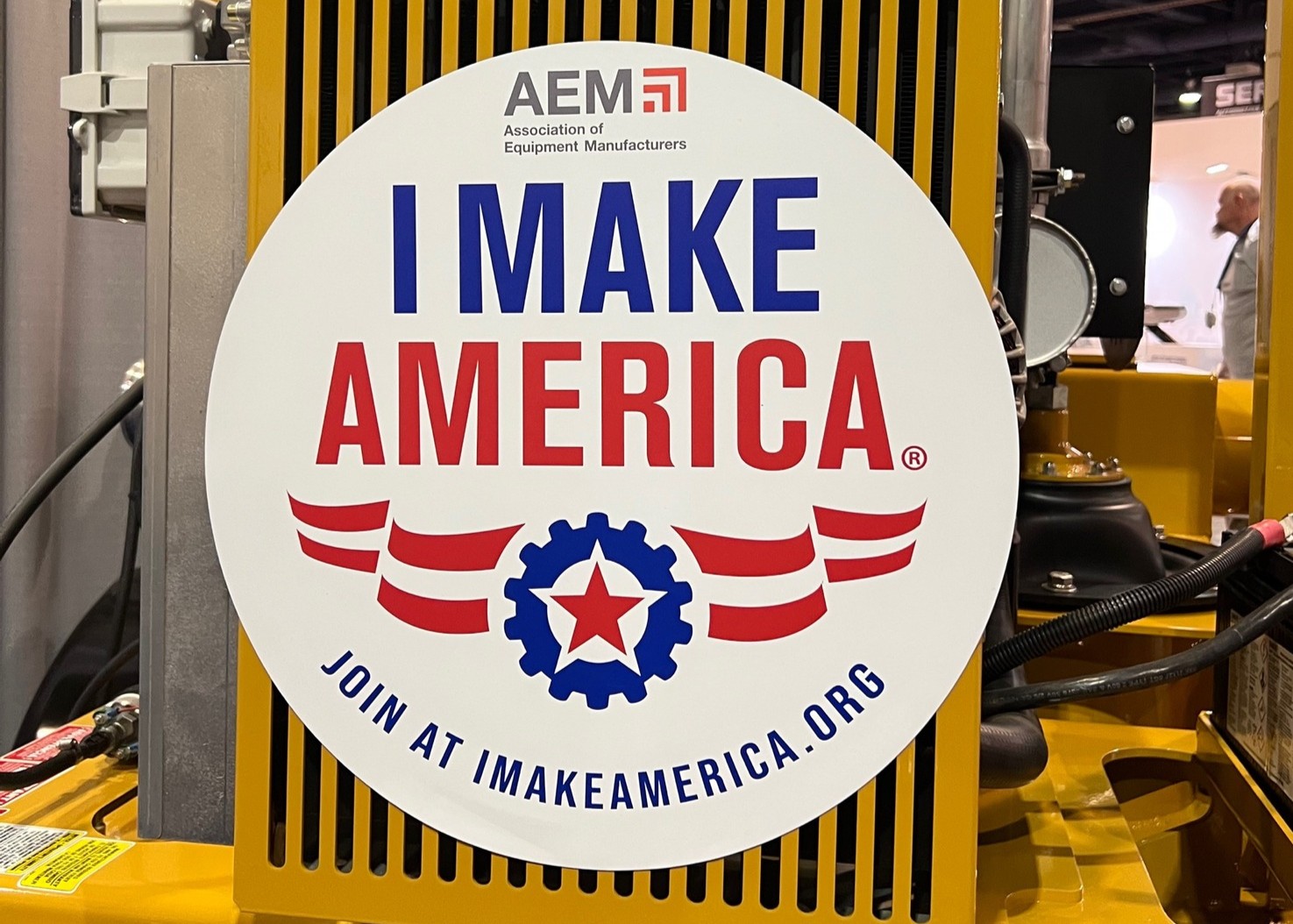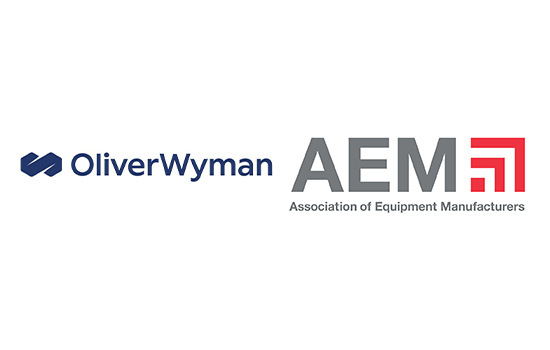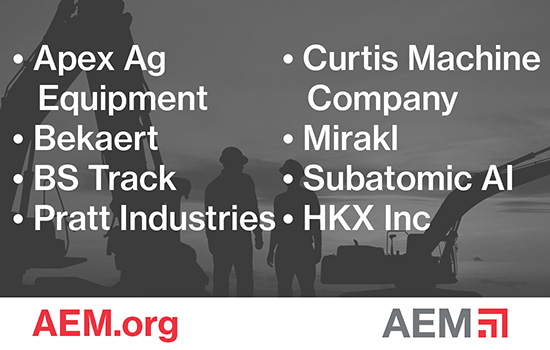By Danny Gavin, AEM Communications Coordinator --
It’s no secret that the manufacturing industry has struggled to find, acquire, and retain talent.
Registered apprenticeship programs might just be the solution to an industry-wide problem that doesn’t look like it’s going away anytime soon. Not only do apprenticeships help manufacturers draw in new employees, but they're also proven to help organizations increase employee retention and standardize training across the workforce.
“I'm excited to promote registered apprenticeships as an industry-led solution,” said Brent Weil, a registered apprentice expert. “They are facilitated by the government, but really they’re gaining popularity because companies look at their industry peers and see how investing in their workers pays off.”
Approximately 90% of apprentices retain employment after completion of a registered apprenticeship program – not to mention, these programs provide employers with more skilled workers, increased productivity, and reduced employee turnover. The benefits are apparent, yet many companies don’t know where to start, or why they would want to register their already-existing program.
Weil currently contracts with Jobs for the Future (JFF), a national education and workforce nonprofit, which serves as an industry intermediary for registered apprenticeships in the manufacturing industry. The organization has helped countless manufacturers get started with a registered apprenticeship program.
Want to learn more? Join AEM's Workforce Development Committee, to gain access to more best practices, tools, programs, and resources to help you attract and retain the right talent. For more information, or to get involved with the committee, contact AEM Senior Vice President of People Strategy Julie Davis at jdavis@aem.org.
Industry-Driven, High Quality Career Pathways
Apprentices themselves are increasingly drawn to these programs because they know they’ll earn a portable, nationally recognized credential within their industry at the end of their apprenticeship. In 2024 alone, there were over 96,500 apprentices served in the advanced manufacturing industry, and the numbers are growing. Employees aren’t participating in apprenticeships for temporary jobs – they know that they’re engaging in a structured program with a real future, and as a result they tend to stick around with one company for a longer period of time.
“Laying out a comprehensive program, and letting candidates know that they’ll be walking away with an industry-defined credential, has been the ‘secret sauce’ for many companies to get people in the door,” said Weil. “And, when candidates see that a company is willing to invest in them through an apprenticeship, it’s a big draw.”
Training is Key to A Successful Workforce
A registered apprenticeship program is a time-tested way to structure training, and to standardize it across the board to maximize employee success. It is intentional about taking employees from the starting line to full proficiency as quickly and efficiently as possible, and this training typically leads to greater efficiency and reduced waste.
Companies can do all of these things on their own if they put in the time and effort – but the added benefit of registered apprenticeship programs is the large number of incentives that are available at both the state and federal level.
“I’ve seen companies that are very proud of their unregistered apprenticeship programs – but when they looked deeper, they realize that becoming a registered apprenticeship program is the icing on the cake,” said Weil.
Employers who already have apprenticeship programs, but may want to begin a registered apprenticeship program, can connect with industry intermediaries like JFF, who can help them assess how a registered program can optimize their workforce.
Addressing Manufacturing’s Ongoing Need for Upskilling
Usually, companies focus their apprenticeship program on incoming workers. However, the benefits extend to their existing employees as well. Securing employees to work on the shop floor is one thing, but in the modern manufacturing landscape there is a continual need for upskilling.
New technologies are being implemented across the industry; AI, automation, and robotics are being adopted, and employees will need additional training to be able to work with them. Even highly skilled workers need to learn and grow as machinery and processes change.
“What a registered apprenticeship can do is take an employee, give them retroactive credit for work they’ve already completed, and cut down on their time in the program, focusing only on the new skills they need to learn,” explained Weil.
Through this concept, called advanced standing, existing employees won’t be required to participate in the entire program or relearn basic skills they may have already been using for years. Many companies start their registered apprenticeship program thinking that they’ll only use it when they recruit new employees. However, the overwhelming consensus is that the structure of the program lends itself well to additional training, too.
The Value of Industry Workforce Committees
Industry committees like AEM’s Workforce Development Committee bring companies together to talk about key topics like registered apprenticeship, and they collectively address key workforce needs. Every organization knows workforce needs can’t be addressed through competition. More skilled labor is needed, and there is tremendous value in industry associations working together around workforce solutions.
Weil has connected with several manufacturing companies in the past, seeing great success. During AEM’s upcoming Workforce Development Committee meeting, he will explore the benefits of JFF’s partnership with AEM member company AGCO, and he will open up the floor for an interactive discussion on the topic of registered apprenticeships.
As employers continue to focus on recruiting more workers, retaining the workers they have, and upskilling to address modern technology, they would be wise to investigate registered apprenticeships as a viable solution.
If you are interested in registered apprenticeship or would like to connect with Jobs for the Future to learn more, contact Brent Weil at bweil@jff.org. Learn more about AEM’s workforce efforts by visiting the association’s Workforce Solutions Page.





